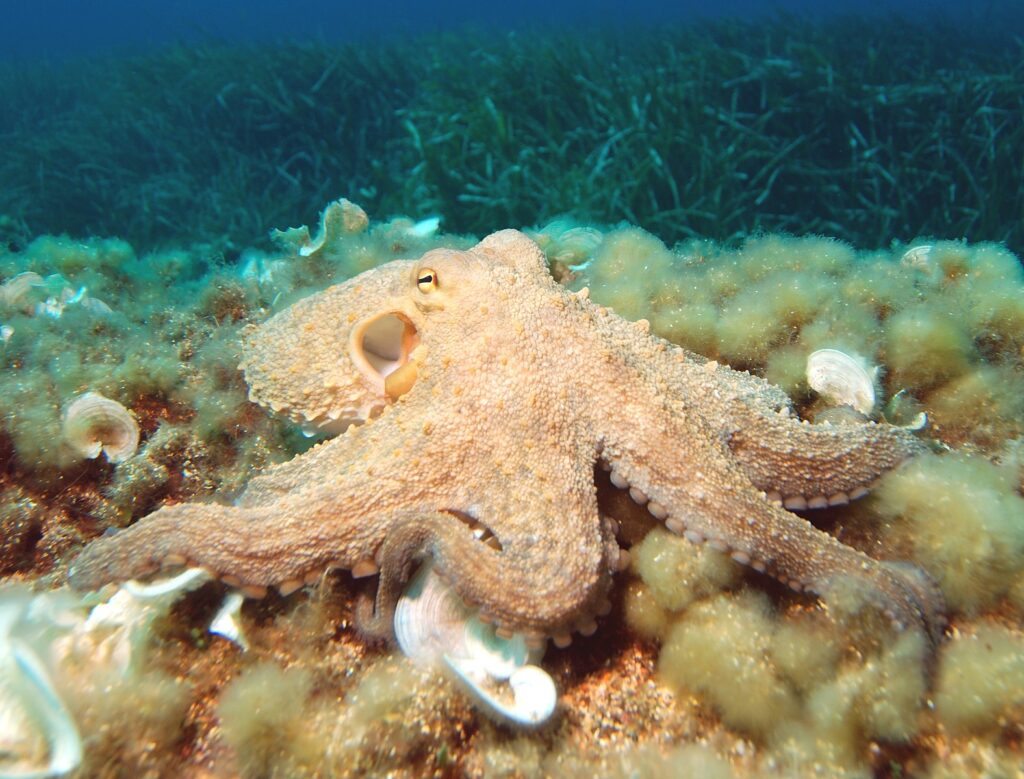Scientists Discover New Deep-sea Octopus Nursery in Costa Rica
Posted
Last Updated
By ecomagazine.com.
A team of international scientists have discovered a new deep-sea octopus nursery at a low-temperature hydrothermal vent offshore of Costa Rica. The discovery of the brooding site brings the world’s known octopus nurseries to three.
The team also proved that the first known aggregation of deep-sea octopus, the Dorado Outcrop, is an active nursery.
Scientists believe the octopus is potentially a new species of Muusoctopus, a genus of small to medium sized octopus without an ink sac. Additionally, the expedition reinforced the idea that some species of deep-sea octopus seek out low-temperature hydrothermal vents for brooding their eggs.
The 19-day Octopus Odyssey expedition led by Dr. Beth Orcutt of the US-based Bigelow Laboratory for Ocean Sciences and Dr. Jorge Cortes of the University of Costa Rica aboard Schmidt Ocean Institute’s research vessel Falkor (too) included 18 international scientists. The team was thrilled to confirm that the Dorado Outcrop is an active nursery.
Scientists witnessed the Muusoctopus species hatch, disproving the idea that the area is inhospitable for developing octopus young. The Dorado Outcrop nursery was originally discovered in 2013 and astonished scientists, as it was the very first observation of female octopus gathering together to brood their eggs. No developing embryos were seen when the site was first explored, leading scientists to believe conditions at the Dorado Outcrop might not support octopus growth.
Five never-before-seen seamounts in the northwestern corner of Costa Rica’s waters were also explored and contained thriving biodiversity, as well as hundreds of animals, many of which are suspected to be new species.
“The discovery of a new active octopus nursery over 2,800 meters beneath the sea surface in Costa Rican waters proves there is still so much to learn about our Ocean,” said Schmidt Ocean Institute Executive Director, Dr. Jyotika Virmani.
Read more at ecomagazine.com.

